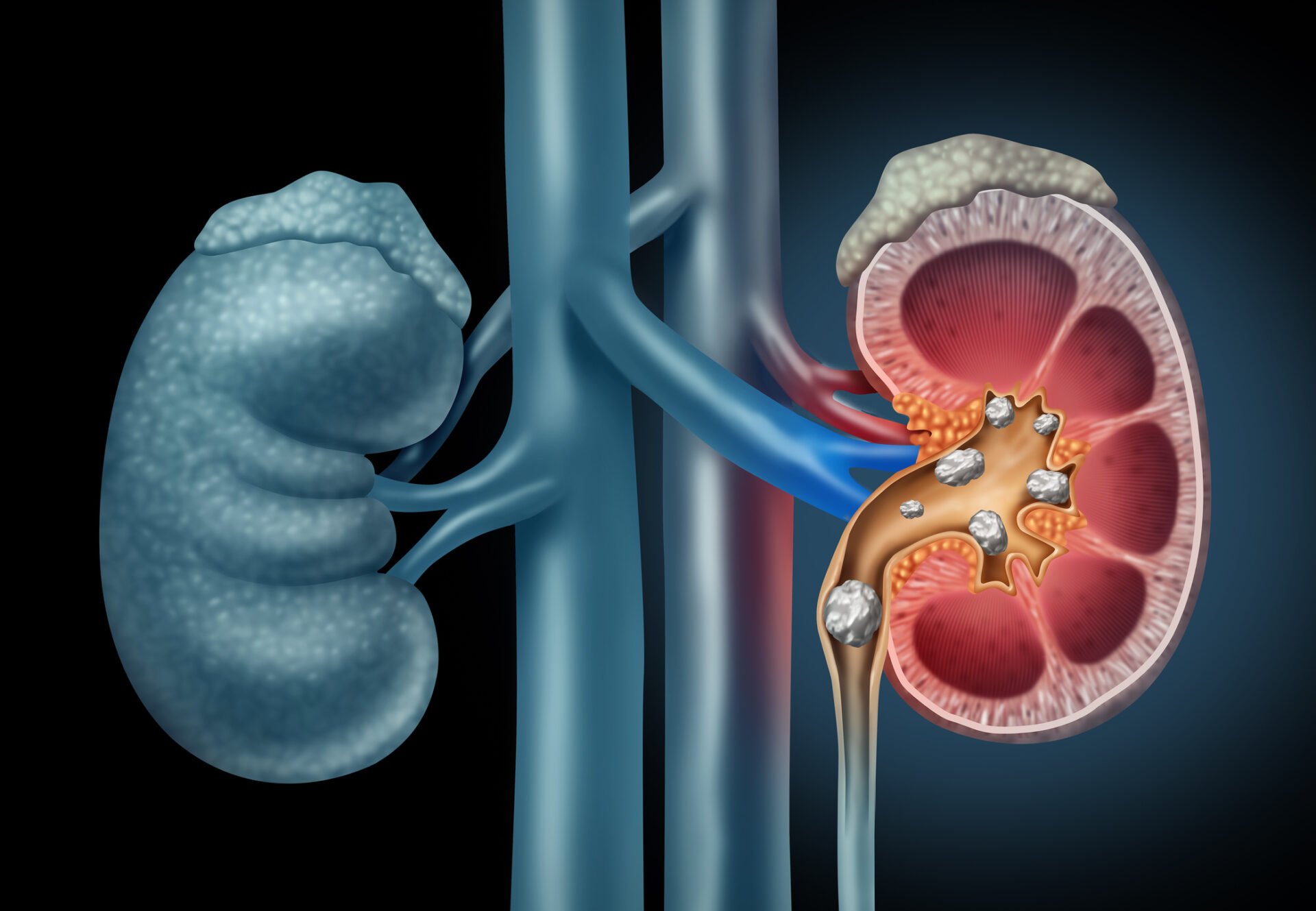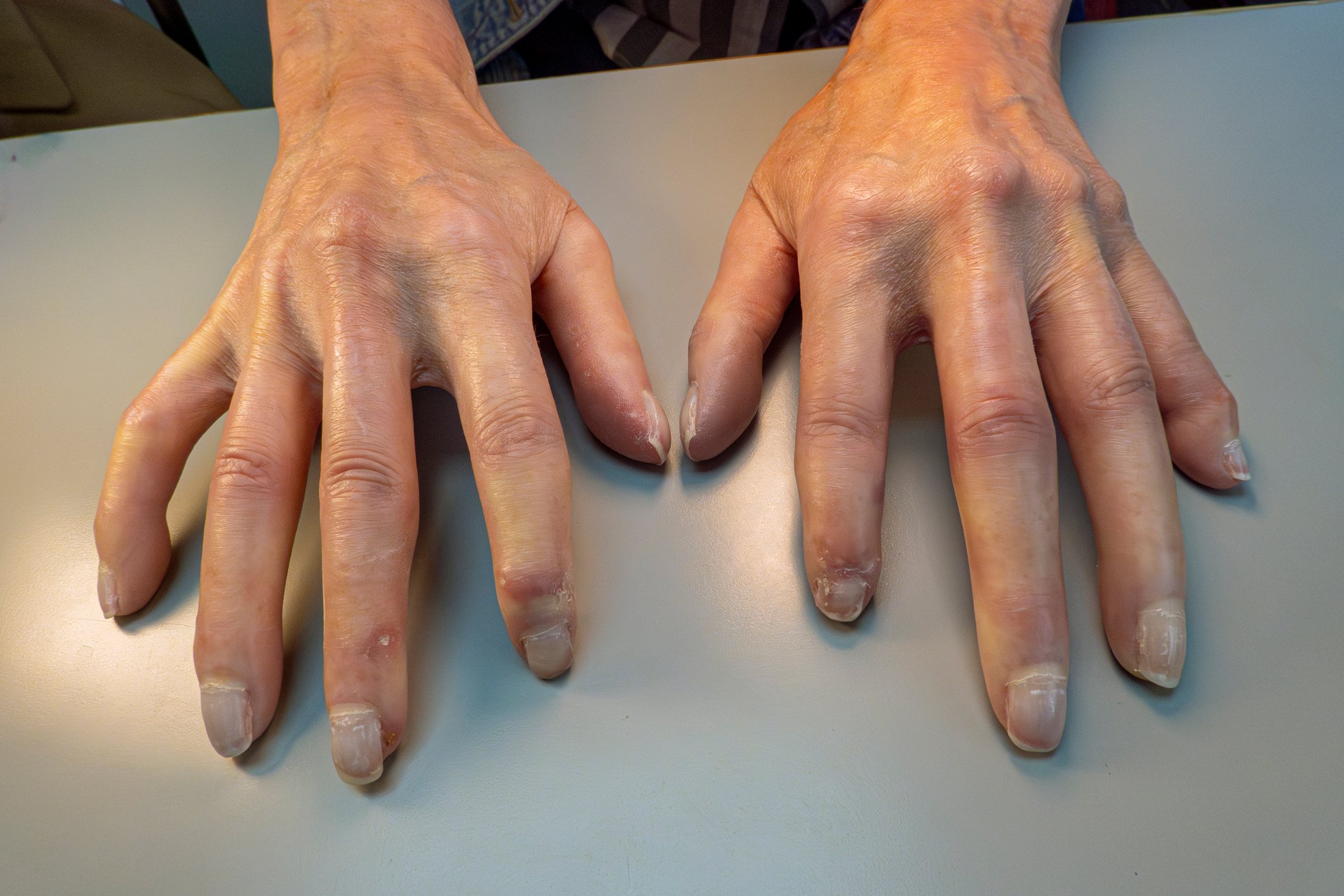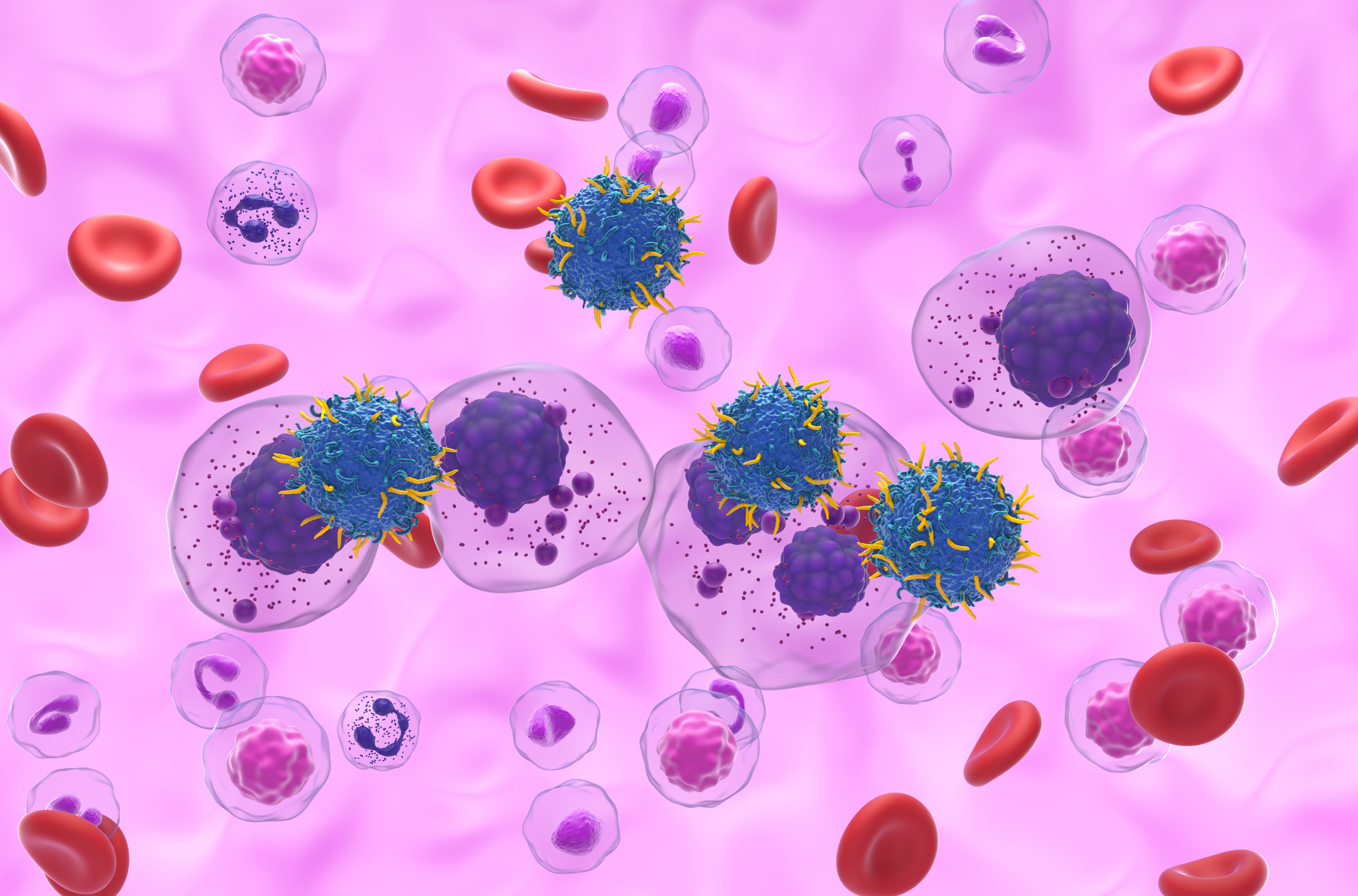Kidney stones are one of the most common urological diseases worldwide and represent a growing burden on healthcare systems. Traditional diagnostic procedures and therapeutic approaches, from imaging and drug-based stone dissolution to invasive surgical methods, are fraught with limitations. Nanomedicine opens up new perspectives here: Nanomaterials enable more precise early detection, improve imaging, have antioxidant and antibacterial effects, transport drugs in a more targeted manner and can even control biofilm-associated infections. The following article presents the latest advances in this field and discusses the clinical relevance for nephrologists.
You May Also Like
- TREATswitzerland Register
Evaluation of system therapies for AD
- Cardiogenic shock - 2025 update
Between standardization, team processes and targeted cycle support
- Collagenoses
Scleroderma – Current recommendations for diagnosis and therapy 2025
- Multiple sclerosis
Avoiding the nocebo trap with natalizumab biosimilars
- COPD and comorbidities
Exacerbation frequency is associated with cardiopulmonary disease burden
- Multiple myeloma
DREAMM-8: Key study in the development of BCMA therapy up to DREAMM-14
- Catheter ablation for atrial fibrillation 2025
Pulsed field versus radio frequency – where do we stand?
- Atopic dermatitis












